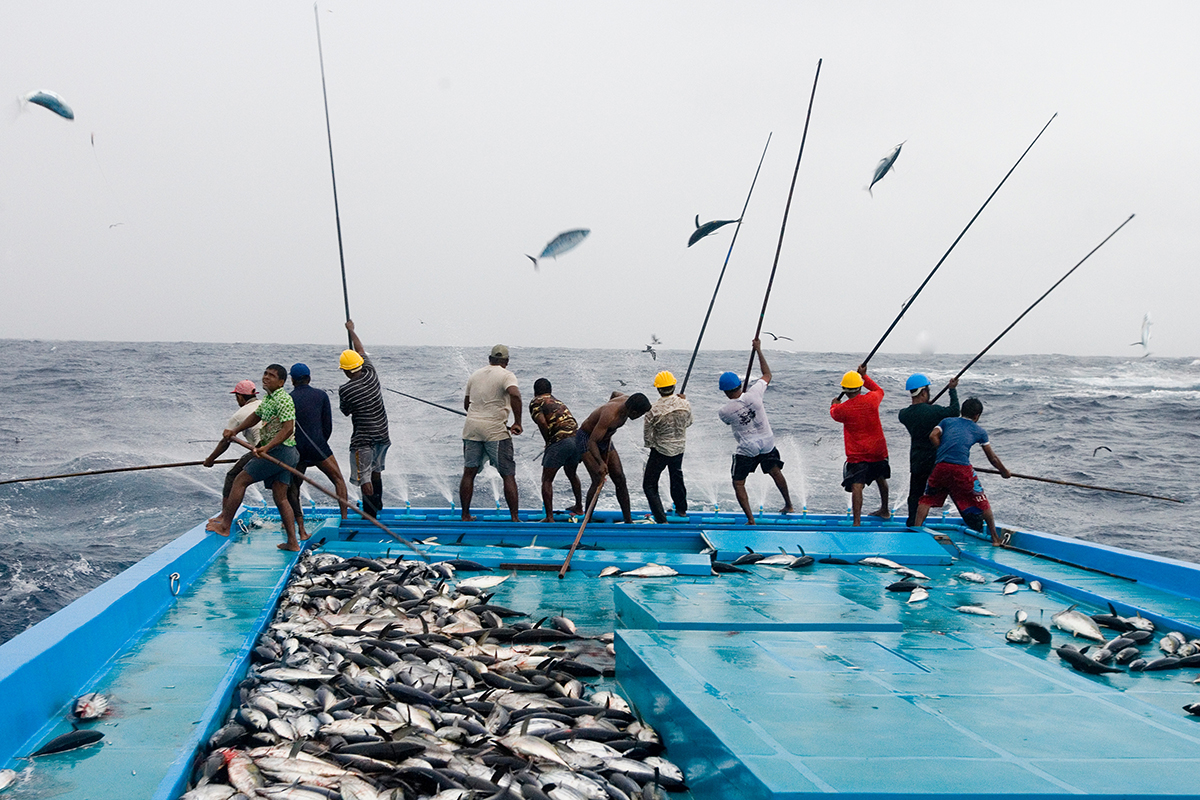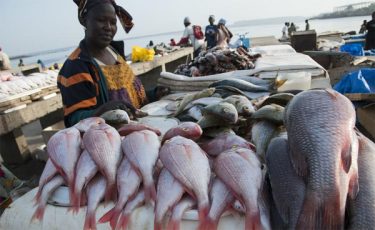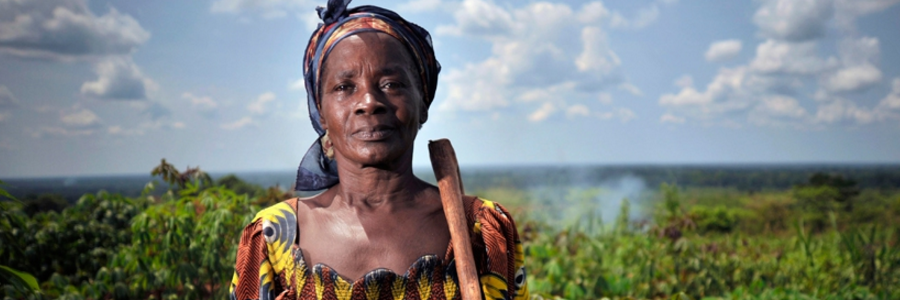According to the Food and Agriculture Organization of the United Nations (FAO), marine and inland fisheries, together with aquaculture, provide food, nutrition and a source of income to 820 million people around the world, from harvesting, processing, marketing and distribution. For many, it also forms part of their traditional cultural identity.
This is the case for the people of western Zambia, where fishing is not only a major source of income but also a way of life. However, as FAO highlights in routine studies on the sector globally, illegal, unreported and unregulated fishing remain major threats to the sustainability of the fishery industry in this part of Zambia as well.
Here, poor post-harvest handling was identified as a major reason not only for illegal fishing but also over-fishing. “The majority of people lack knowledge. They believe over-fishing is the best way to make up for the losses that they incur along the value chain,” laments Hadon Sichali, a fish trader in Mongu. “It is a chain, the trader believes breakages during transportation should be recovered by buying more fish at lower prices, forcing fishermen to overfish or even disregard the law to catch more.”

By disregarding the law, Sichali refers to a statutory annual fish ban, which runs between December and March, to allow fish breeding, but has over the years been a source of conflict between local fishers and government authorities. And the problem has been getting worse in recent years due to reduced catches of fish — an issue attributed to climate change.
But thanks to a participatory research project undertaken recently, some of these dynamics are changing, especially pertaining to women, who according to FAO, account for at least 19% of people directly engaged in the fisheries primary sector, and a higher percentage in the secondary sector such as processing.
 Centred on improving fish post-harvest management and marketing, the Cultivate Africa’s Future (CultiAF) Fund project has seen a dramatic increase in women’s involvement in fishing. According to the final technical report of the project implemented in Zambia and Malawi, Women, who participated in drama skits, a gender transformative tool, increased their involvement in fishing from 5% at the start of the project to 75% today.
Centred on improving fish post-harvest management and marketing, the Cultivate Africa’s Future (CultiAF) Fund project has seen a dramatic increase in women’s involvement in fishing. According to the final technical report of the project implemented in Zambia and Malawi, Women, who participated in drama skits, a gender transformative tool, increased their involvement in fishing from 5% at the start of the project to 75% today.
“I would like to encourage the fisheries actors to utilise these methods since the improved technologies have shown that the losses can be reduced significantly and that the fish processed from these technologies have higher average value than the fish processed from the traditional methods,” Western Province permanent secretary, Mwangala Liomba said, during the project’s final results dissemination meeting in June.
“This allows for the fishers, processors and traders to have more money. The interventions require shorter time, thereby, increasing the time available to women processors… Furthermore, the use of drama skits that challenge gender norms has enabled women processors in the floodplain to adopt and equitably benefit from improved processing technologies that reduce fish losses.”
Jointly funded by International Development Research Centre (IDRC) and the Australian Centre for International Agriculture Research (ACIAR), the three-year project, led by scientists from the Fisheries ministry and Livestock the University of Zambia and WorldFish as a partner organization, the project aimed at improving effectiveness, reduce losses, and promote greater equity in the fish value chain.
Researchers, therefore, undertook fish value chain analyses to understand post-harvest biomass losses, economic value and nutrient content changes, and gender norms and power relations.
“In Zambia, the study found that physical fish losses occur at all the three nodes in the value chain and differ significantly between nodes,” Alexander Shula Kefi says, one of the lead researchers in the project.
According to Kefi, on average, the processors lose the largest volume of fish (7,42%) followed by the fish traders (2,9%). The fishers experience the least physical losses at 2% although, he says, this is not significantly different from the fish lost at the trading node. The major cause of physical loss was found to be breakages at processing and trading nodes.
“Women processors lost over three times the weight of their fish consignments than men processors, indicating that it is not only the function of processing that leads to losses but that gendered differences exist within the nodes too,” adds Kefi. In tackling this aspect, the project employed a gender transformative tool using drama skits during implementation, and this led to a 35.7% increase in gender attitude scores among men.
According to the findings, cumulatively, the physical losses decline from 38% to 19,3% by applying the new piloted technologies of improved smoking kilns, salting, use of ice and solar tent drying. Along the value chain, processors increased their GM from 4,7% to 25,26% while traders increased to 25,3% from 22,8%.
Original source: NewsDay Zimbabwe
Published on 25 September 2017

